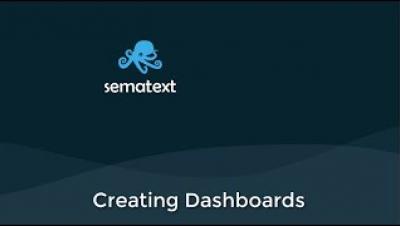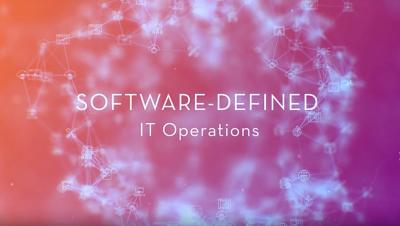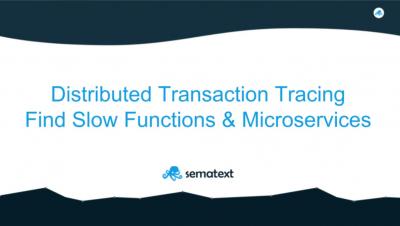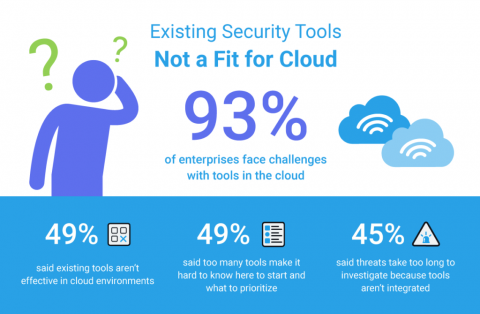Operations | Monitoring | ITSM | DevOps | Cloud
Cloud
The latest News and Information on Cloud monitoring, security and related technologies.
Zenoss: SaaS-Based Modern Monitoring for Your Hybrid IT Environment
Dashbird product update - September 2018
Over the past year, we’ve seen Dashbird providing increasingly better visibility for developers building serverless applications. One of our goals is to create a product service that gives end-to-end visibility into serverless architectures, one that aligns perfectly with the needs of our clients.
Sematext Cloud - UI Demo
Introducing Sumo Logic's New Cloud SIEM Solution for Modern IT
Today at Sumo Logic’s annual user conference, Illuminate, we are announcing a new cloud SIEM solution to address fundamental challenges legacy security analytics tools have failed to solve.
Using Stackdriver Workspaces to help manage your hybrid and multicloud environment
At Google, we believe strongly in an open cloud. We’re continually working to bring you tools for understanding how your applications are performing, whether they run in different projects, organizations, clouds, or even on prem. Monitoring tools like Stackdriver Kubernetes Monitoring, OpenCensus, and Stackdriver APM are designed to help you get visibility into your workloads wherever they run—on Google Cloud Platform (GCP), on-premises or on another cloud platform.
Deploying AppDynamics Agents to OpenShift Using Init Containers
Ready to deploy an AppD application agent to OpenShift? These detailed examples show you how. There are several ways to instrument an application on OpenShift with an AppDynamics application agent. The most straightforward way is to embed the agent into the main application image.
What Happened with Microsoft's Outage Last Week?
On the morning of September 4th, 2018 a number of customers experienced sign-in problems related to an outage for Azure, Azure AD and, in turn, Office 365. The issue was caused by an outage in Microsoft’s South Central U.S. datacenter. The problem ended up affecting customers in other regions, too, as we will see.
Pivotal Cloud Foundry: Two Tiles Are Better Than One
In an earlier blog in our series on monitoring applications deployed to the Pivotal Cloud Foundry (PCF) platform, my colleague Jeff Holmes described how AppDynamics provides an intuitive and user-friendly dashboard for a single view of all your key performance indicators for system health and availability. This broke new ground and has been warmly welcomed by our many customers who rely on PCF to run their business applications.
Introducing PagerDuty and Azure DevOps
More and more organizations are adopting DevOps practices, and it’s been well documented that DevOps is more of a journey than a true destination. Development teams release software more often on increasingly ephemeral infrastructure, making communication and agility a business requirement. PagerDuty helps modern DevOps teams automate their incident resolution process so they can deliver better software, faster.










